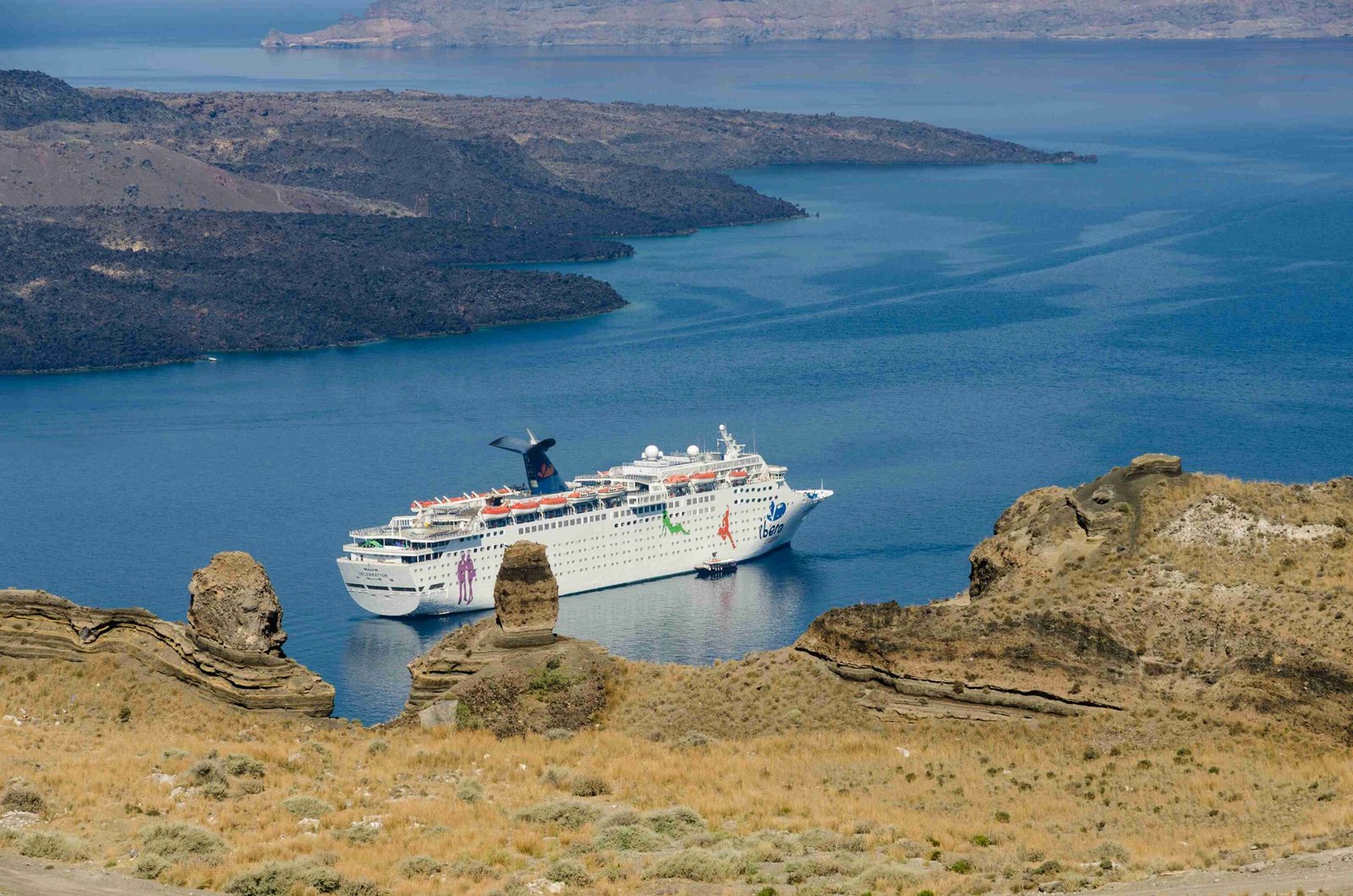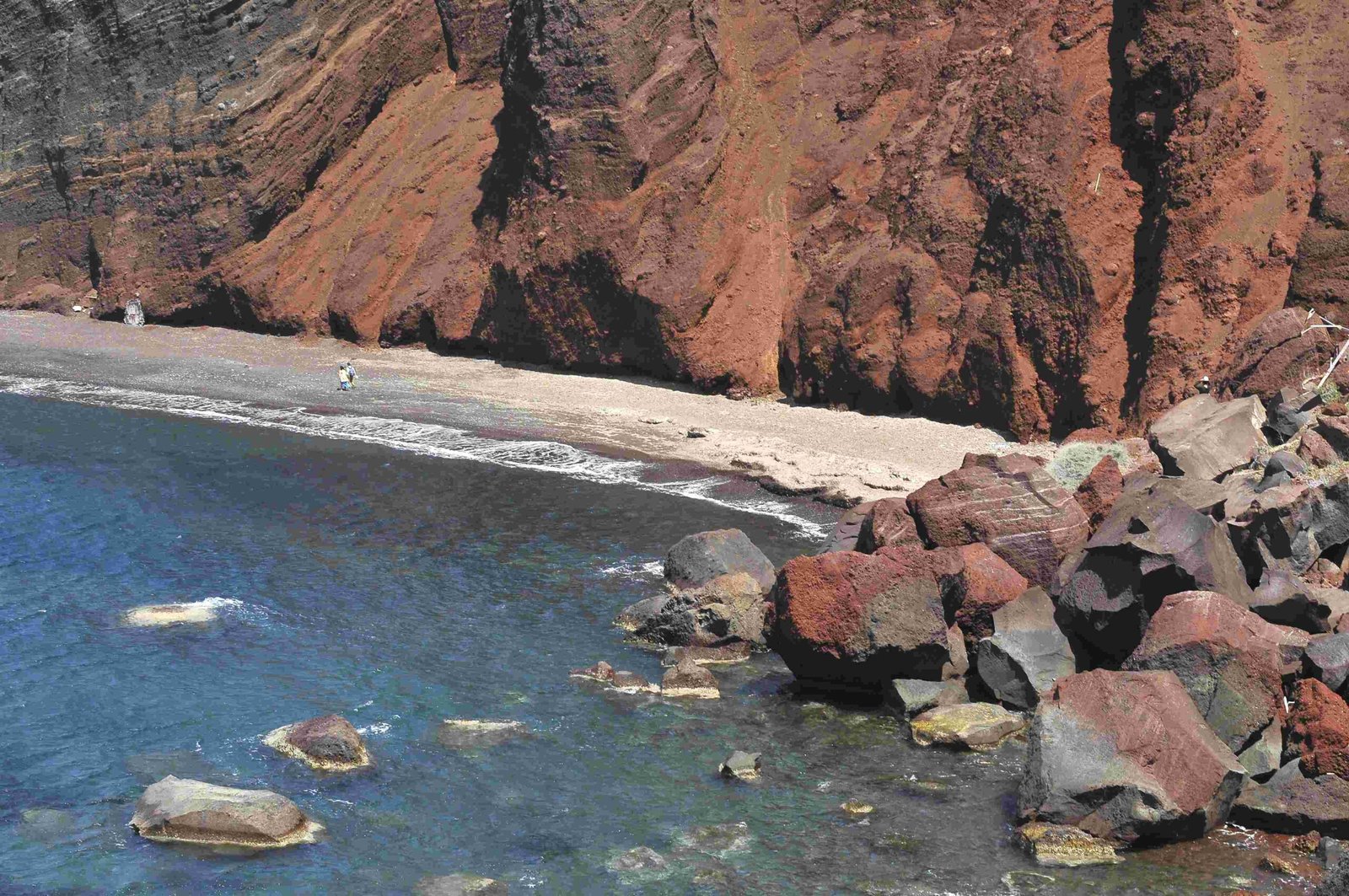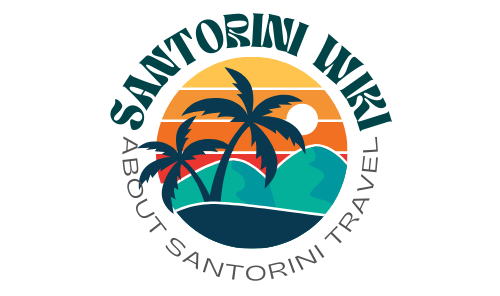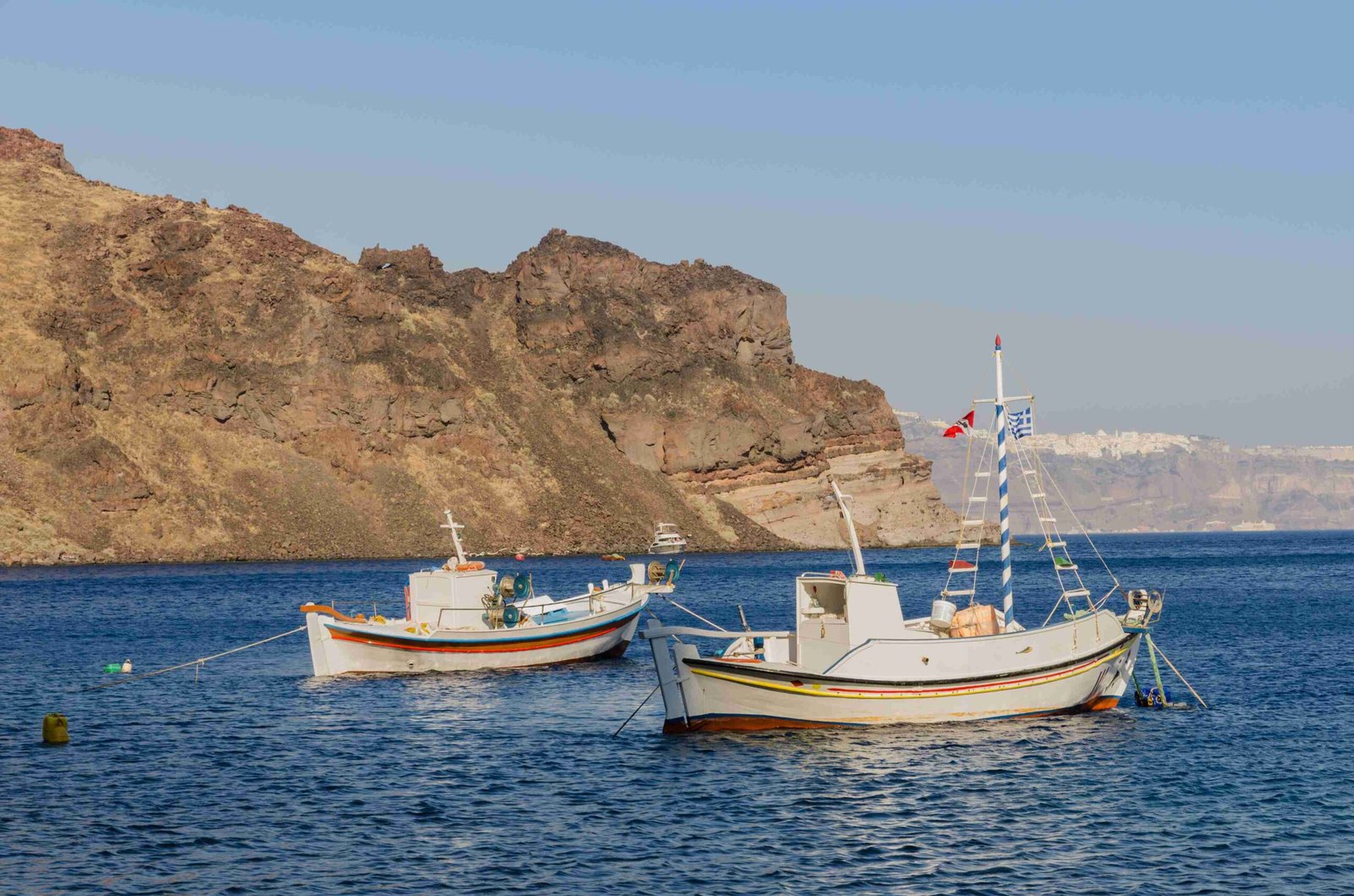Riding donkeys in Santorini, Greece offers a unique and traditional way to navigate the island’s steep cliffs and narrow paths. This centuries-old practice provides tourists with picturesque views of the Aegean Sea and the iconic white-washed buildings. However, it’s important to consider the ethical implications, safety measures, and overall experience before embarking on this adventure. This guide will provide essential information on prices, safety, timing, and visitor experiences to help you make an informed decision about riding donkeys in Santorini.
What Are the Prices for Donkey Rides in Santorini?

Donkey rides in Santorini are relatively affordable, with prices typically ranging from 5 to 10 Euros per person for a one-way trip. Here’s a breakdown of the costs:
- One-way ride up the caldera: 5-10 Euros
- One-way ride down the caldera: 5-10 Euros
- Round trip: 10-20 Euros (estimated)
It’s important to note that prices may vary slightly depending on the specific location and service provider. Some key points to consider:
- No official group discounts or family packages are advertised
- Prices generally remain consistent throughout the year
- Cash payment is usually preferred
How Safe Are Donkey Rides in Santorini?

Safety is a crucial concern when considering a donkey ride in Santorini. While efforts have been made to improve conditions, there are still several factors to keep in mind:
- Weight restrictions: A law passed after PETA’s exposé prohibits tourists weighing over 220 pounds (100 kg) from riding donkeys.
- Age limitations: No specific age restrictions are mentioned, but caution is advised for young children and elderly individuals.
- Path conditions: The routes can be steep and narrow, with two-way traffic of donkeys and pedestrians.
- Animal welfare: Concerns have been raised about the treatment and working conditions of the donkeys.
Safety tips for riders:
- Follow the handler’s instructions carefully
- Remain alert and hold on securely during the ride
- Wear appropriate footwear and clothing
- Be aware of your surroundings, especially when walking near donkeys
When Is the Best Time to Experience Donkey Rides in Santorini?
Choosing the right time for your donkey ride can significantly impact your experience. Consider the following factors:
| Season | Pros | Cons |
|---|---|---|
| Spring (April-May) | Mild weather, fewer tourists | Occasional rain showers |
| Summer (June-September) | Warm weather, lively atmosphere | Peak tourist season, long wait times |
| Autumn (October-November) | Pleasant temperatures, less crowded | Shorter daylight hours |
| Winter (December-March) | Lowest tourist numbers | Some services may be limited |
For the optimal experience, consider:
- Early morning or late afternoon rides to avoid the midday heat
- Weekdays rather than weekends for potentially shorter queues
- Shoulder seasons (spring and autumn) for a balance of good weather and fewer crowds
What Do Recent Visitors Say About Donkey Rides in Santorini?
Visitor reviews provide valuable insights into the donkey riding experience in Santorini. Here’s a summary of common feedback:
Positive aspects:
– Unique and traditional experience
– Stunning views of the caldera and Aegean Sea
– Cultural immersion
Negative aspects:
– Concerns about animal welfare and treatment
– Discomfort during the ride, especially on steep sections
– Crowded paths and long wait times during peak season
Ride duration:
– Uphill: Approximately 25 minutes
– Downhill: About 15 minutes
It’s important to note that opinions vary widely, and many visitors recommend walking instead of riding to avoid contributing to potential animal mistreatment.
Are There Alternatives to Donkey Rides in Santorini?
For those who prefer not to ride donkeys, Santorini offers several alternatives:
- Cable car: A quick and scenic option for ascending or descending the caldera
- Walking: A free and environmentally friendly choice, though challenging due to steep steps
- Bus: Public transportation available to various points on the island
- Boat tours: Explore the caldera from sea level
Each option has its own advantages and considerations, so choose based on your physical abilities, time constraints, and personal preferences.
How Can I Ensure an Ethical Donkey Ride Experience?
If you decide to ride a donkey in Santorini, consider these tips for a more ethical experience:
- Choose reputable operators who prioritize animal welfare
- Observe the donkeys’ condition before riding
- Respect weight limits and don’t overload the animals
- Bring water and take breaks during the journey
- Report any signs of mistreatment to local authorities
Remember, the most ethical choice may be to admire the donkeys from a distance and choose alternative transportation methods.
In conclusion, riding donkeys in Santorini offers a traditional experience with breathtaking views, but it comes with ethical considerations and safety concerns. By understanding the prices, timing, and visitor experiences, you can make an informed decision about whether this activity aligns with your values and travel goals.
Reference:
1. https://www.santorini-donkey.gr/en/routes-prices.html
2. https://www.archaeologous.com/blog/83/walk-ride-donkey-tram-it-santorinis-cliff-tops-/
3. https://www.santorinidonkey.com

